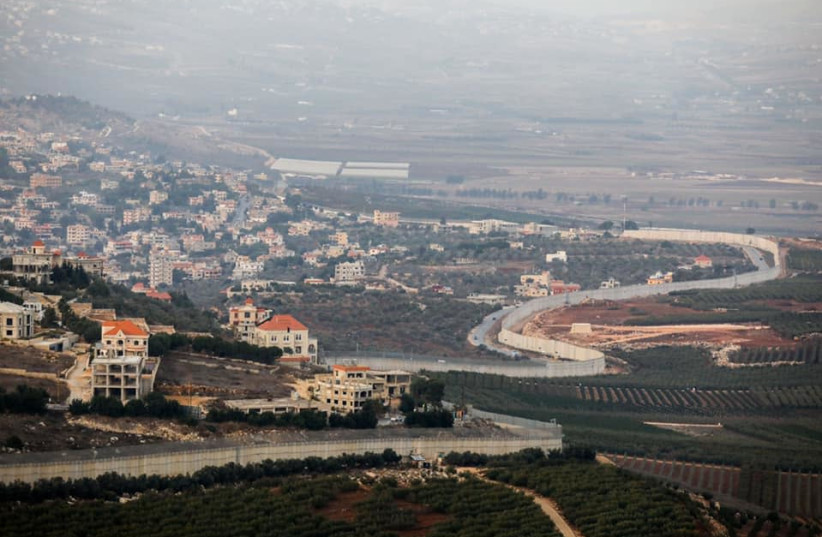Israel’s Defense Ministry has expanded its Northern Shield (Magen Hatzafon) program to fortify homes in the communities of Metula, Shlomi and Shetula that are along the northern border with Lebanon in order to protect civilians from Hezbollah’s arsenal of rockets and mortars.
The Northern Shield project began in November in the northern community of Kfar Yuval, which sits directly on the border. In the coming days, it will expand to the other three communities after the director of the program along with the Homefront Command completed the tenders to build the shelters in private homes.
“The civilian resilience of residents in the North is a key part of our readiness for combat scenarios,” said Defense Minister Benny Gantz following the announcement, adding that “we will continue to strengthen the northern communities and will put the issue of homefront readiness at the top of the defense establishment’s priorities.”
The program, which began in 2018, is jointly planned by the Defense Ministry and IDF and includes the fortification of homes and new shelters in 21 communities as well as a new smart fence along the border.
The border area with Lebanon has been flagged by the IDF as vulnerable to enemy infiltration and therefore Israel has been investing significant amounts of money and effort into strengthening its defenses there for the past several years, creating obstacles and building high concrete barriers to help prevent any attacks by Hezbollah.

The upgraded fence along the border will be tailor-made to the topography and threats emanating from Lebanon. The concrete, steel and barbed wire fence will be six meters high, stretching several kilometers with sensors, information collection centers, warning systems and more. It is expected to be completed within two years.
In addition to infiltration by Hezbollah’s Radwan fighters, the Shiite terror army is estimated to have some 130,000 rockets and mortars, some 2,000 of which are expected to be fired towards Israel each day by the group from Lebanon should a war break out.
According to a 2020 State Comptroller report, millions of Israelis do not have basic means of protection near their homes, and plans for population evacuation, should a war break out, have yet to be completed.
The report stated that some public and shared private shelters in communities along the border are expected to be overcrowded during times of emergencies “that may not allow for prolonged stays.”
Though efforts were made to upgrade existing shelters, the lack of a state budget and political instability for over two years made it difficult to provide funding to the program that is estimated to cost some NIS 500 million per year for 10 years.
When the 2022 budget passed, the Magen Tzafon project received NIS 250 million.
In November, the Homefront Command held a large-scale drill along with the National Emergency Authority (RAHEL) simulating an extensive conflict with Iran and Hezbollah.
The drill included simulation of missile attacks from the north, as well as from the south and the east; contending with racial riots within Israel; and widespread cyber attacks on vital infrastructure such as power stations, hospitals, or water that could disrupt life.
Due to the large number of projectiles expected to be fired towards border communities and the continued lack of adequate bomb shelters, the drill also focused on the evacuation of residents of communities that are within five km. of the Lebanese border and the absorption of those individuals in other locations in Israel.
